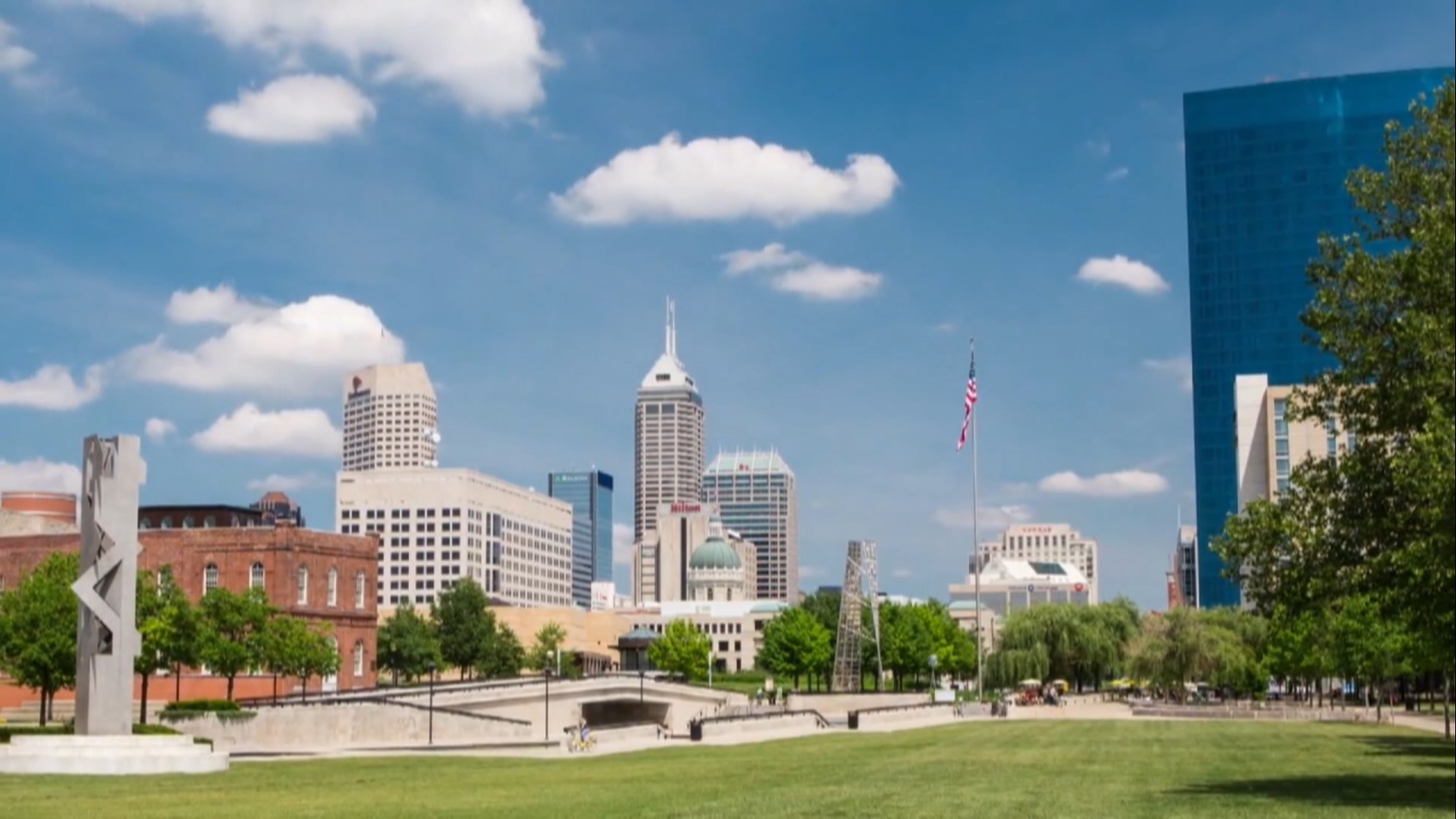LOUISVILLE, Ky. — Kentucky lawmakers unveiled plans this week for a task force to study the effectiveness of Jefferson County Public Schools (JCPS), and recommend whether or not it should be split up.
These discussions have been ongoing since early August, when JCPS' transportation system had massive issues to open the school year.
Republican House Majority Whip Jason Nemes, R-Middletown, has referenced Indianapolis at least twice as a possible alternative to JCPS.
"Indianapolis, for example, is a little larger than us. They have 11 school districts," Nemes said at the Louisville Forum on Sept. 13.
The FOCUS team spoke to one of the 11 districts and an education policy professor at Indiana University (IU) to see if there are lessons to be learned between the two.
"I mean, they're just coming from different places," Dr. Chris Lubienski, director of the Center for Evaluation and Education Policy (CEEP) at IU, said.
Indianapolis has had roughly 10 school districts since before WWII.
“It goes back to how public schools spread across the U.S. More in the northern states, it was seen as kind of a community initiative. Community wanted public schools, and they would appeal to the legislature and create their own local districts. And the southern states it often came later, and it was kind of a state legislature approach," Lubienski said.
Just like in Louisville, federal courts had to get involved in the 70s and 80s to force Indianapolis Public Schools (IPS) to desegregate. The bussing plan for several years required one-way bussing of Black students within IPS, and from IPS into some of the township districts.
This bussing plan led to a high rate of white flight out of IPS and into the township schools. Today, IPS has a minority population of 80%. Franklin Township Community School Corporation, in the southeast corner of Marion County, IN, has a minority population of 40%.
Lubienski also said since Indianapolis has many charter schools, the two cities are very hard to compare.
"Indianapolis has had its problems with segregation, and they’ve dealt with that kind of within those districts...Where, what’s happened in Louisville has been much more court-ordered, or the school board following court orders or trying to preempt them," Lubienski said.
Louisville and Jefferson County Schools merged in 1975. From 1975 - 1984, Black students were bussed up to 10 of their 12 years, and white students for two of their 12 years.
In 1984, JCPS approved its first ever "zone-based" school choice plan for middle and high school students. Students would either be assigned to their contiguous zone or non-contiguous zone. Students could list a first, second and third choice, but there were guardrails on the percent of each race that had to be in each school.
In 2022, JCPS overhauled this plan for the first time since 1984 and said students now have true 100% choice of where they go to school.
When WHAS11 asked Nemes why he wanted to evaluate splitting up JCPS, his two answers were: "We're not educating our students, and we're not keeping our students safe." He specifically listed reading scores for achievement, and weapons in schools and Kentucky's school resource officer law for safety.
Lubienski can't see how splitting up the district would help fix either of those areas.
“As far as safety, it's hard for me to understand how that would work," he said. "You're still going to have problems --just again-- I think, largely the same number of schools which require an SRO.”
“The achievement thing is an area I know the most about, and I haven't seen research that suggests that necessarily, you know, breaking up districts leads to better outcomes," Lubienski continued.
He sent WHAS11 a study by Jesse Rothstein from 2005 which disproved a previous study and argued there was no significant impact on achievement by increasing school choice.
Lubienski said the issue that could most logically be fixed by breaking up into smaller districts is the bus driver shortage.
Franklin Township CSC has the freedom to do 559 routes for 71 drivers. Each driver does 3+ routes every morning, and the routes are roughly 30 minutes long.
“Our transportation team makes sure they’re as efficient as possible in the routing they’re doing," Dr. Chase Huotari, chief academic officer for secondary schools at FTCSC, said.
Huotari said they are affected by the bus driver shortage, but are able to manage it pretty well.
FTCSC buses 8,000 kids per day, whereas JCPS buses 65,000. Because of its large size and the current commitment to bus magnet and traditional students, JCPS bus drivers do only one route every morning. They can be up to 3 hours long.
Because of persistent issues, JCPS is considering changing its bus routes for the second year in a row. Nemes has said the bussing issues are a "result of deeper problems," and not the main thing he and other Republicans want to fix in the district.
While some issues in JCPS may seem like long uphill battles, Huotari said the solution should be to come together and focus on solutions.
“There’s always gonna be the critic on the outside that can point a finger at any school district and say, ‘You should do this better, you should be more efficient on this.' But at the end of the day - if everybody supports public education - a large district could work, a small district could work, a medium-sized district could work," Huotari said.
Make it easy to keep up-to-date with more stories like this. Download the WHAS11 News app now. For Apple or Android users.
Have a news tip? Email assign@whas11.com, visit our Facebook page or Twitter feed.

